It’s late October, and I am fresh off another gardening year and ready to set some garden goals (like New Year’s resolutions) for next spring. This is the best time to take stock of your current situation – while it is all still fresh in your mind. The long winter months haven’t yet erased the memories of warmer months, the stressed plants, and the garden beds that maybe didn’t live up to the beautiful garden that was intended. The
Years ago, when I first started writing resolutions and goal setting, I was reflecting on a wet year. I know this, because writing resolutions is step one towards starting to be a better garden record keeper – and those records are valuable for future garden planning. This year (conversely) was a dry, dry, dry year, and my time constraints have changed significantly over the past year. I find the practice of writing these resolutions to be interesting over the broader stretch of time – it helps me have a better idea about where I am, where I’ve been and a clear picture of what I want to evolve.
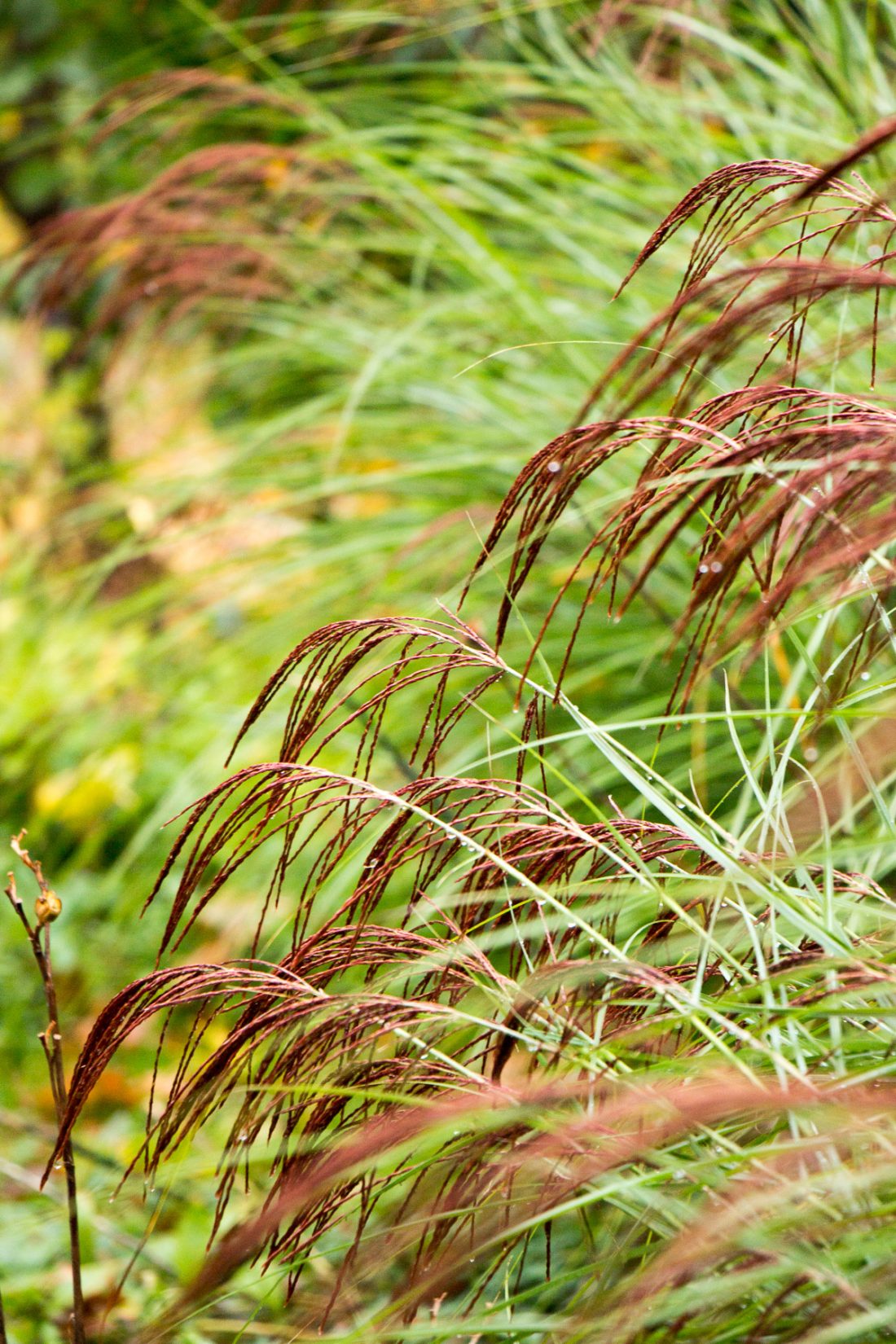
There hasn’t (yet) been a freeze, but I expect it any day. In fact, it has been unseasonably warm, and we have been robbed of those crisp, refreshing days of a typical New England autumn. But since many plants are hanging on – in their roughest state, it is affording me opportunities to catch a breath.
The first step is a walk through the garden, making all sorts of mental notes. There are lists of what I will do differently , of course. But one ultimate goal is to make this time of year in the garden , as well as August and September, a little more exciting. More plants, always more plants. But, having been a gardener for a long time, I know that many of these resolutions amount to the same amount of action as those that we make at the New Year. Which got me thinking that perhaps I should approach them a little differently.
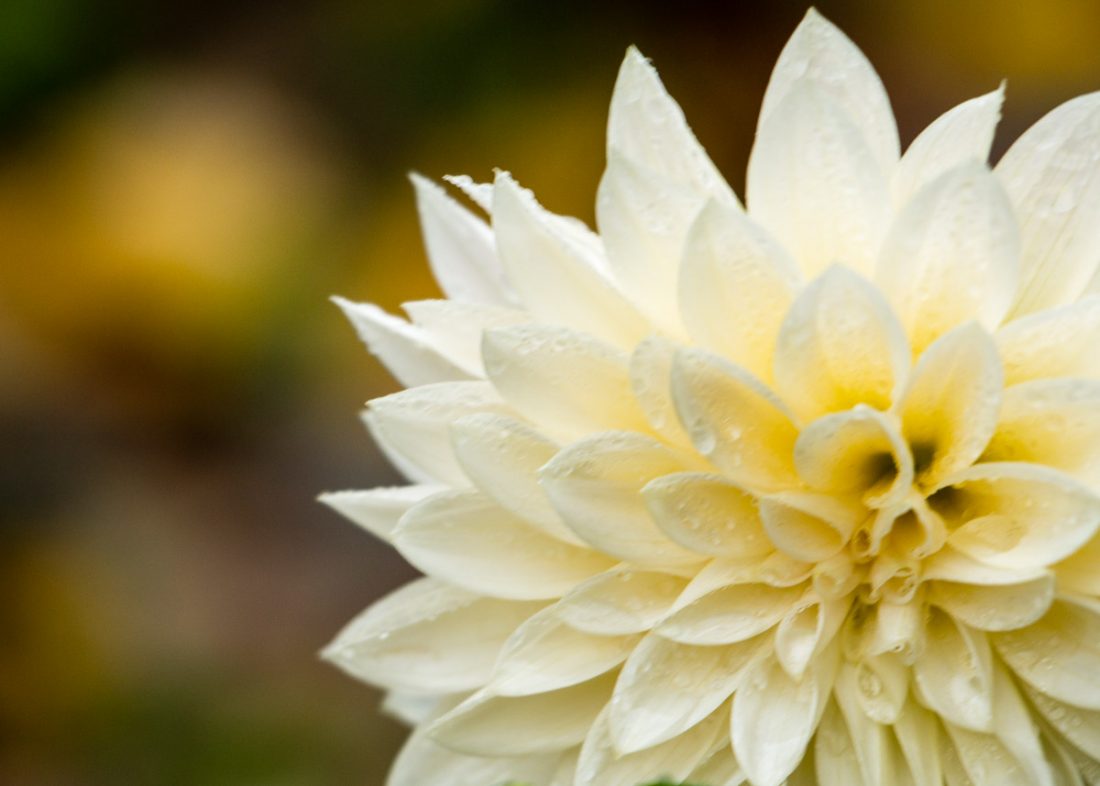
The struggle with garden resolutions is that they aren’t real-time. Resolving today to do something next spring is even more complicated than making something happen right now or tomorrow. Also, I forget what I was thinking and the nuances of an issue. The winter is a big out-of-sight-out-of-mind problem solver. But when something comes back again and again, I kick myself for not dealing with it definitively when it was at the forefront of my mind.
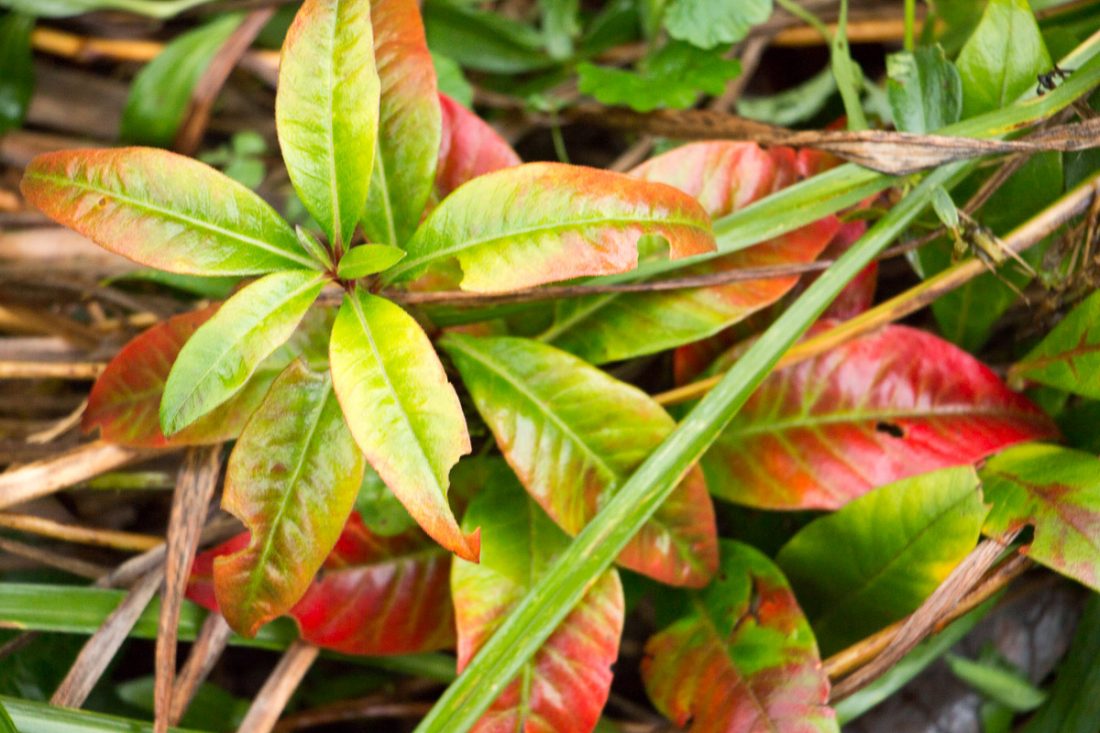
Gardening Goals – How to be Realistic and Achievable for next year.
Googling ‘How to keep your resolutions,’ I came up with this list in the Huffington Post. It is, of course, geared towards typical January resolutions like weight loss… but I thought I would go through each tip and put some thought into my own garden and how I might be able to apply some to my garden projects.
Top 10 tips for making resolutions and, more importantly, keeping them!
- Set short-term goals for long-term results. …
- Make your resolution about the journey, not the outcome. … Find a way to just take the next step.
- Schedule time for your resolution. …
- Employ the buddy system. …
- State your goals. …
- Keep Records. … often time the best way to get honest answers about how your garden performs is to document what has happened before.
- Get an app. …
- Celebrate little victories.
- Reassess your resolutions.
- Don’t give up so easily.
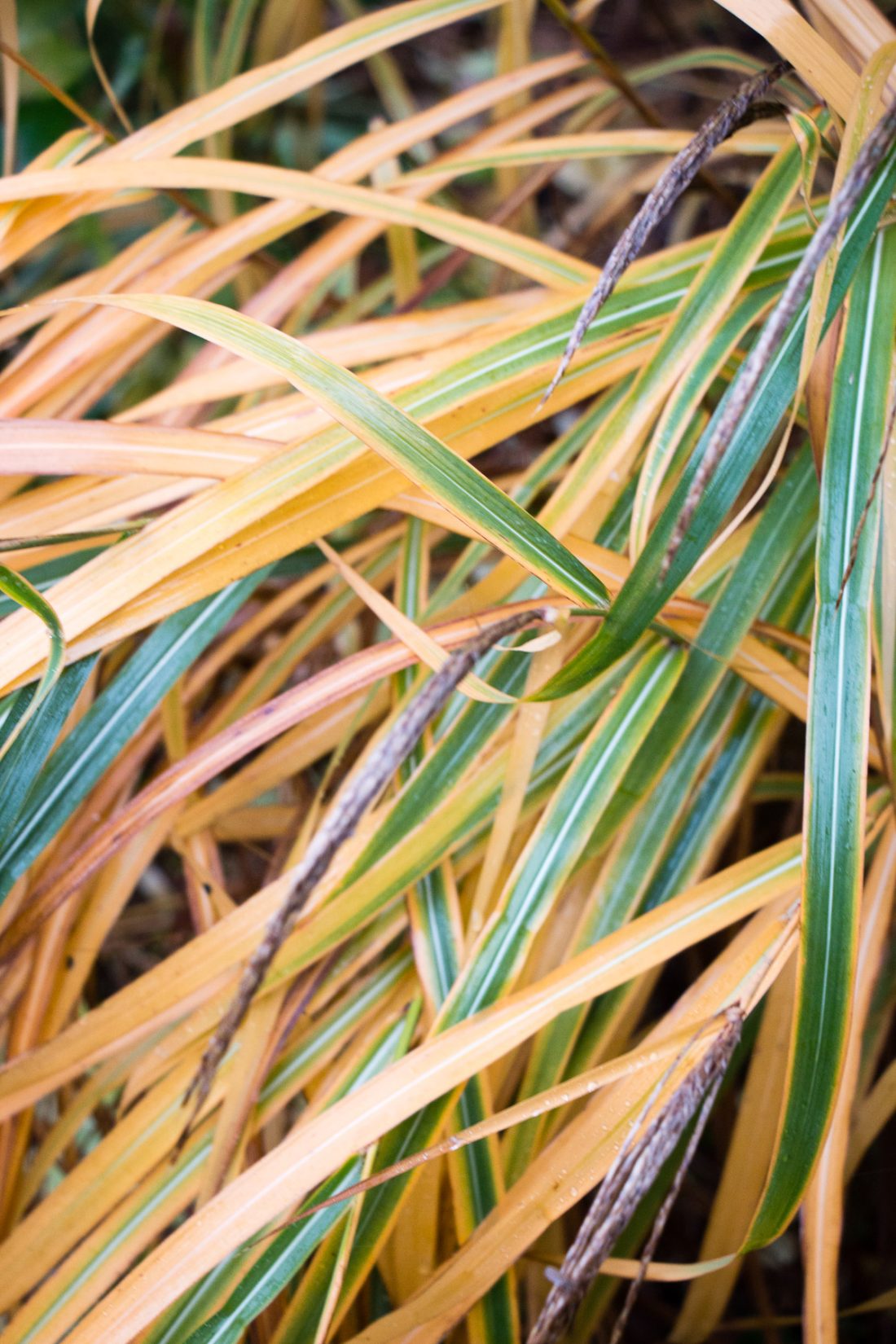
1. Set short-term goals for long-term results
I think this may be the most useful of all the tips. I have beds that need to be moved, reshaped, and edited dramatically. I’ve opted not to wait for a ‘planting season’ (i.e. spring and earlier fall around here) and instead just get it done now. Perfect is the enemy of done. Or something like that. Gardening is hard work and big goals can be expensive, exhausting and it can be easy to get overwhelmed and want to quit. Keep your eye on the overarching goal.
Short term goal #1 – Move plants that need to move (as soon as you can).
Don’t do it on the hottest day, and aim to do it in the cool of the early evening or morning. But I must make sure to just do it before I forget that it needs to be done at all. Once you move a plant, water it like crazy, baby it and give it a little extra Superthrive to help with the transition.
Only wait for plants that are blooming or just about to bloom (which is only a problem with the beautiful monkshood right now). Dont’ trasnplant until after the bloom cycle.
I’ve lately relocated some peonies and daylilies as well as a few errant bleeding hearts. I have some roses that need a new home too. Then I’ll move on to rhubarb, and some azaleas. Next spring I’ll be glad I got it done and can fill in where needed.
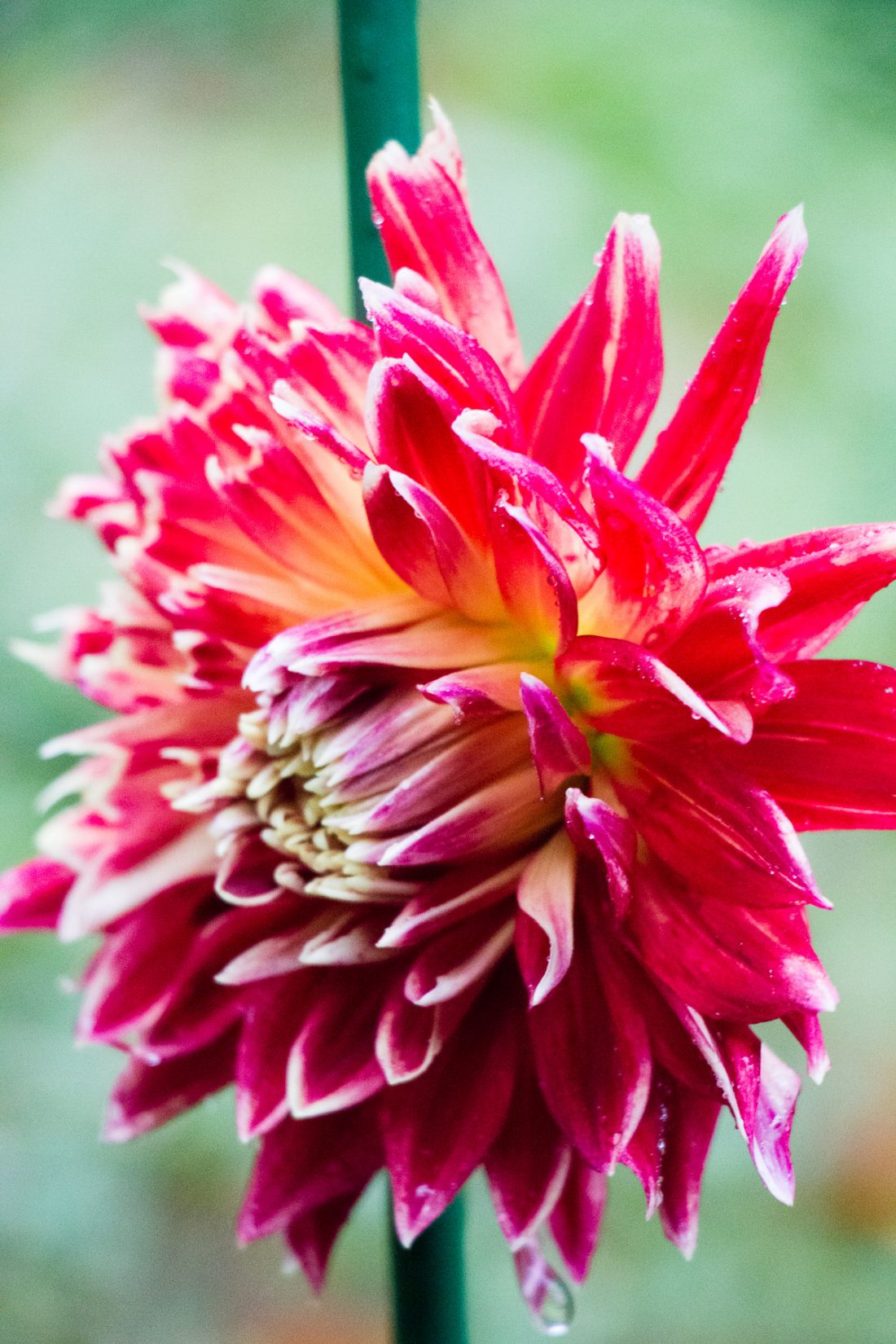
Short Term goal #2 – Remove the stuff that is causing problems now.
Even if I can’t fill the hole. Spreading out the work, and getting started on a problem will certainly help to motivate action later.
I’ve been dealing with recurring dodder in one spot pf my garden for many years. I think I get it all and then it comes back again in the same place. It always centers on one big butterfly bush that I have hesitated to remove because it is so big. I’ve cut it back to the ground to no avail. It is time to remove the bush – now, not next spring when I have a million other things. If I remove it now, I will have a hole.
But that hole will get filled a lot faster when it is sitting there staring at me, ready. In the spring, I will be too tempted to convince myself to wait for it to bloom. And then it will be too late to fight the silly string dodder come August.
Ask your self, what can I do now to motivate me next year?
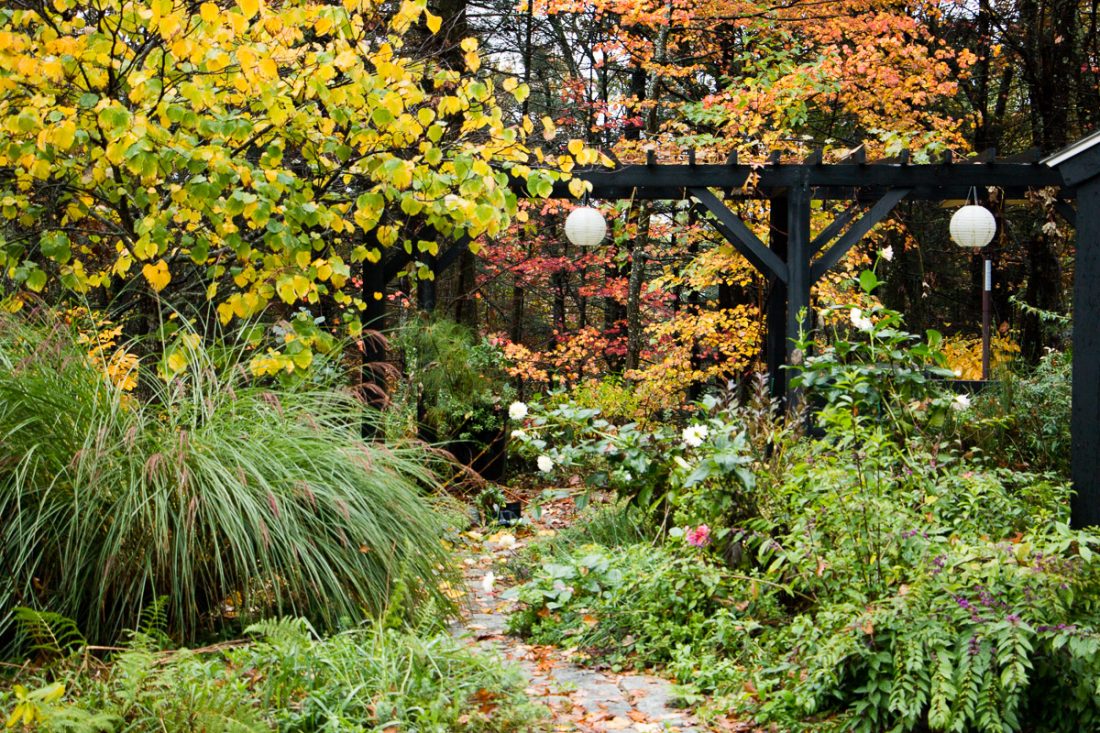
2. Make your garden resolutions about the journey, not the outcome
I’ve been edging beds… and rather than feel stressed about getting it done and looking just perfect. I’ve instead started to think of it as part of my daily excercise routine. I schedule time for it everyday (#3). It is part of my journey to make the garden look great, stay fit, maybe even lose a little weight.
It isn’t going to happen overnight and with a mindset shift to accept that, I have lost the stress of it not being done. Instead I set daily goals for how big a stretch (it seems like I have miles of beds to edge) I will tackle – and I feel good about every piece that is carved away. As each bed is completed, I rejoice in its perfectly fleeting doneness (as recommended in #8 – Celebrate little victories)… and I recognize that it is ok if they don’t all get done before the first snow.
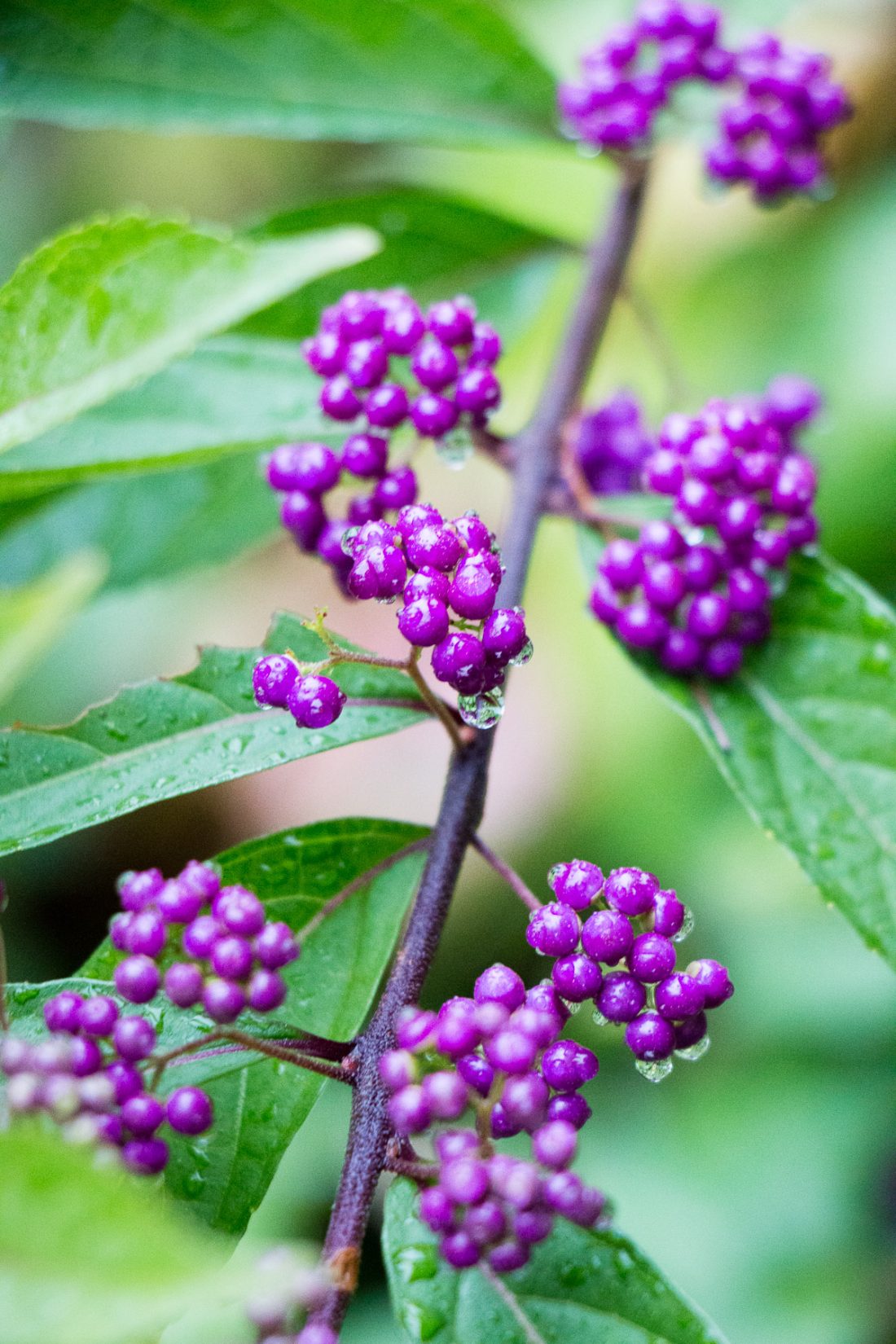
Employ the buddy system (#4) – I don’ t have many offline friends that are as dedicated to their gardens as I am. I think if I lived in a neighborhood where looking over the fence to see what someone else is doing, then I might find a friend or two. But I live in the country.
Actually, I’d rather work alone most of the time. But I do occasionally find ways to draw my children out and get them to help me. They are getting older and I have to get more cunning in methods of enticement. I hope that opportunities to organize dahlia tubers by color will still be as interesting this year as it was last year.
State your goals (#5) – That’s what blogs are for, right?
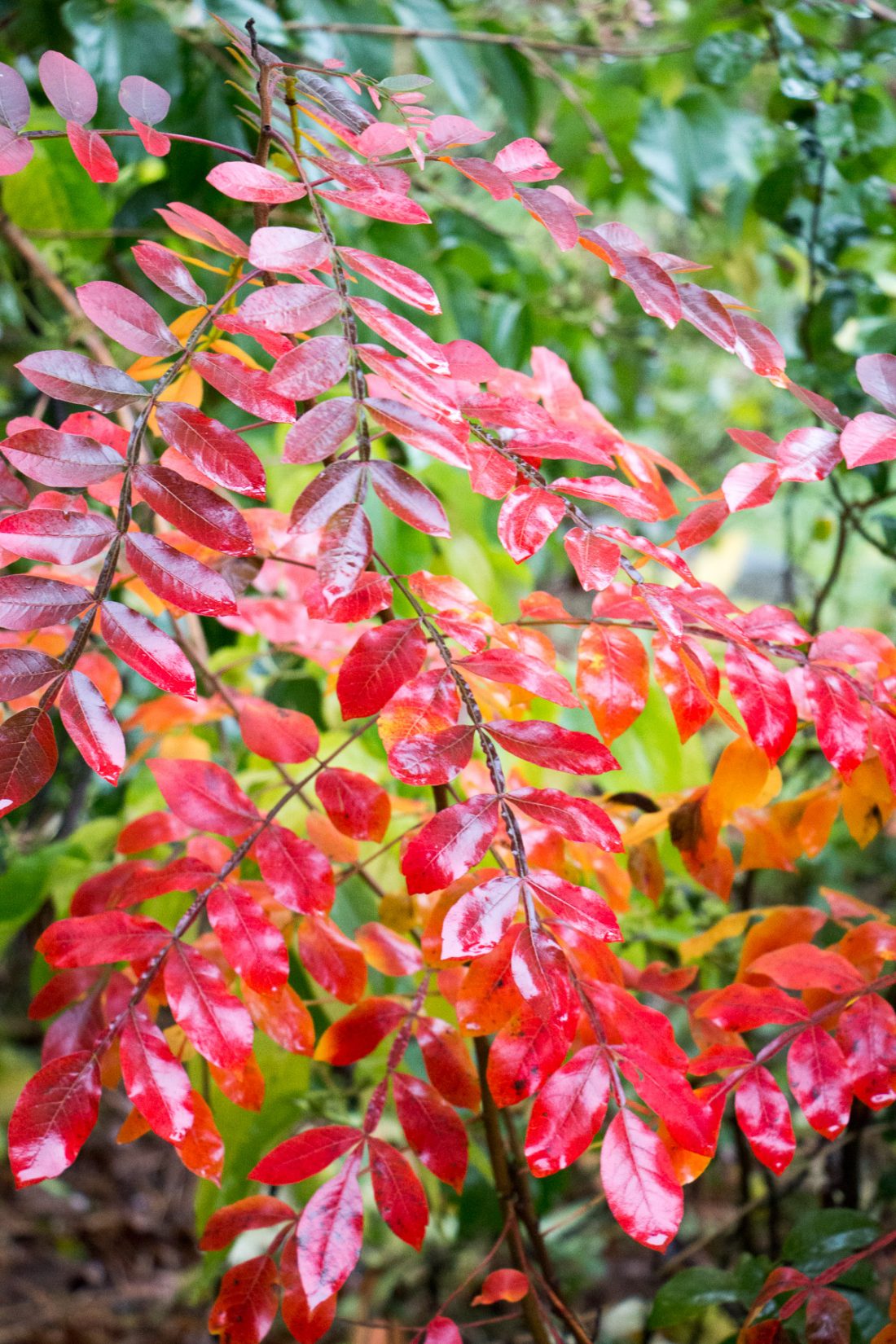
6. Keep Garden Records
I find the best records for my garden are photographic. Writing things down in a way that I will find useful to refer back to just never happens in my busy life. But I can snap a picture so that I can locate plants after they have faded, or I can see my progress. There is noting more satisfying than a before and after shot. Even if it was accidental. I snap pictures of everything. The place I planted something and then the plant label. They stay together on my phone a lot easier than they do in my head or in some book or box.
I’m also use milanote (see #7 about an app). If you like evernote (which I do) but you are a more visual person, then you will love milanote. It allows you to keep track of lots of notes, images and ideas on boards.
Banish the tyranny of file systems! I’ve been using it to keep track of every thing in my creative life and my garden is just one piece of that. Give it a try if you are a visual organizer – or, like me, not very organized at all – but still need an app that can work with you.
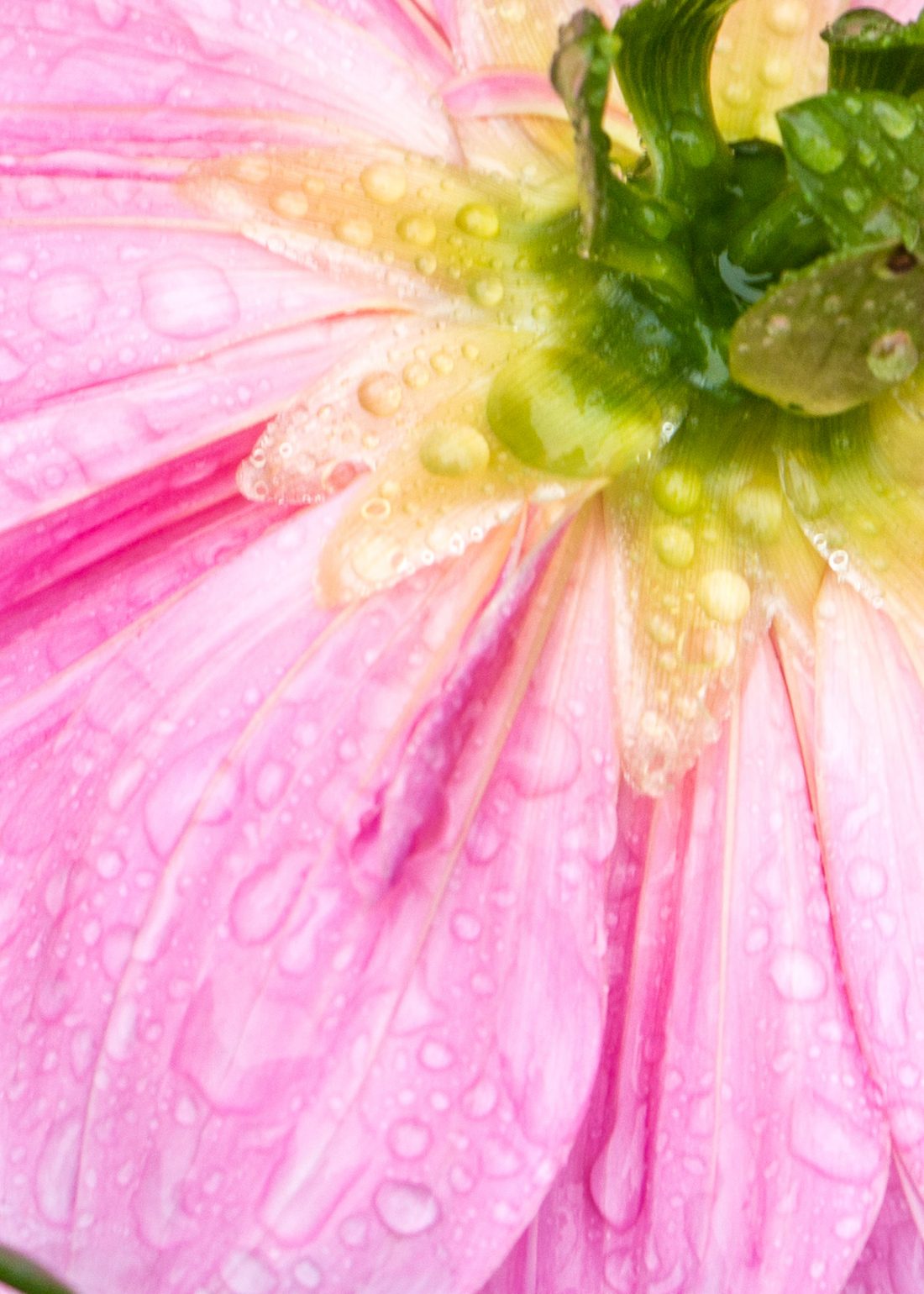
9. Reassess your Landscape Resolutions
Gardens change constantly so this is built in. I feel like I am at a turning point in my garden. Things I planted 12 years ago are finally looking established and a sense of permanence that I designed is here. But with that comes the need to overhaul many things that just never turned out the way they were planned. Or they have outgrown or outstayed their welcome.
With any great undertaking, there are victories and set backs. My garden is full of them.
The beauty is that the set backs quickly fade from memory because there is tends to be nothing left to remind you.
The victories shine and have a very nice way of saying ‘keep going’… something else will work. Something new will be even better, even more.
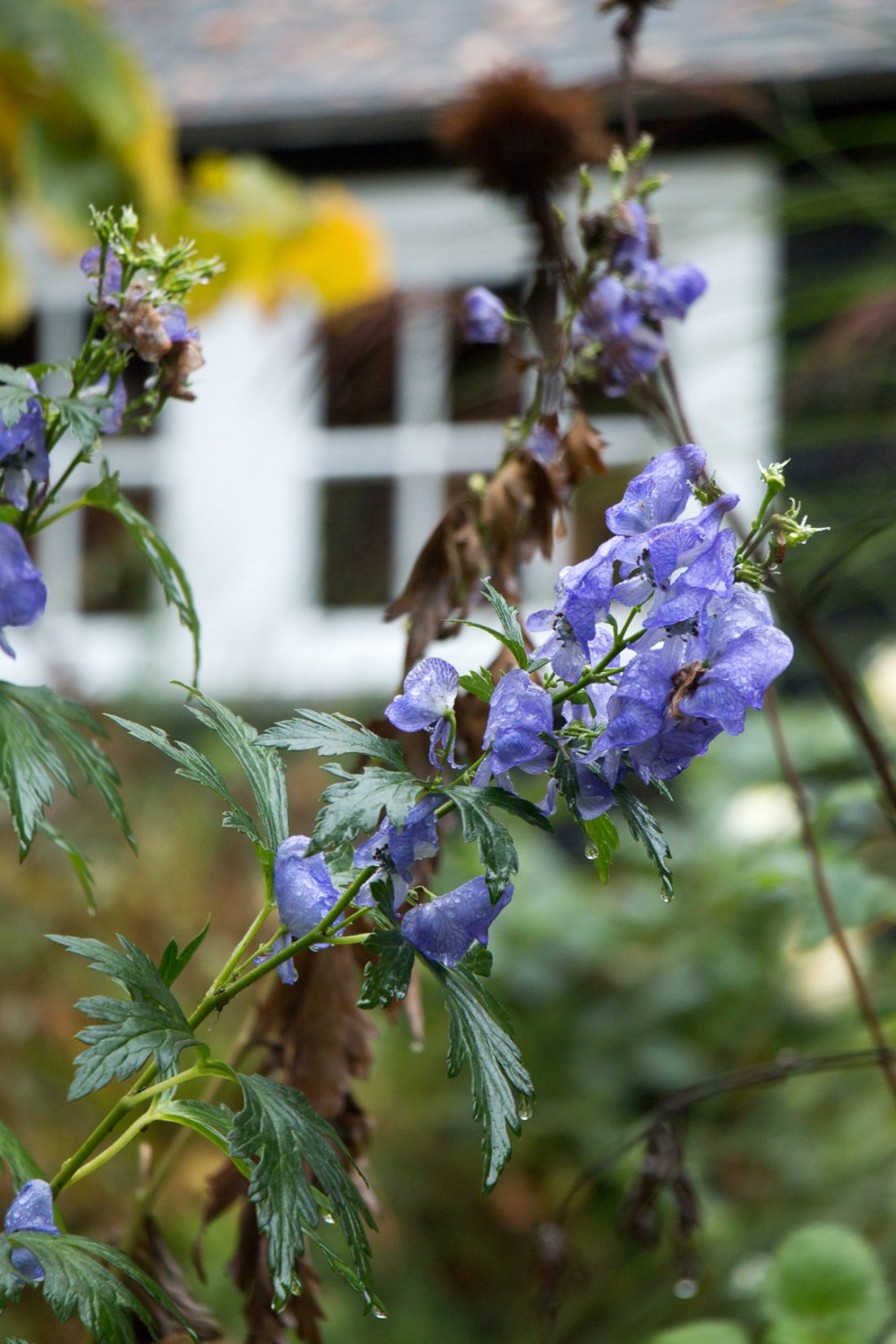
I always get a second wind in the fall. In the spring, everything seems like a race, but in the fall, I can take my time and tweak and adjust knowing that I will have to wait to savor the results next year. No rush.
10. Don’t give up (easily)
I’ve never had a gardening season fail to surprise me in some way. Something lived that I already assumed was dead. Seeds sprouted unexpectedly. Plant combinations were better than intended. For every win I thought I had in the bag – that disappointingly wasn’t – there is another that came when I least expected it.
Don’t give up, I firmly believe that we are meant to have a connection with the land that we live on and that there is some sort of divine intervention that always happens just when you need it most. If you let it.
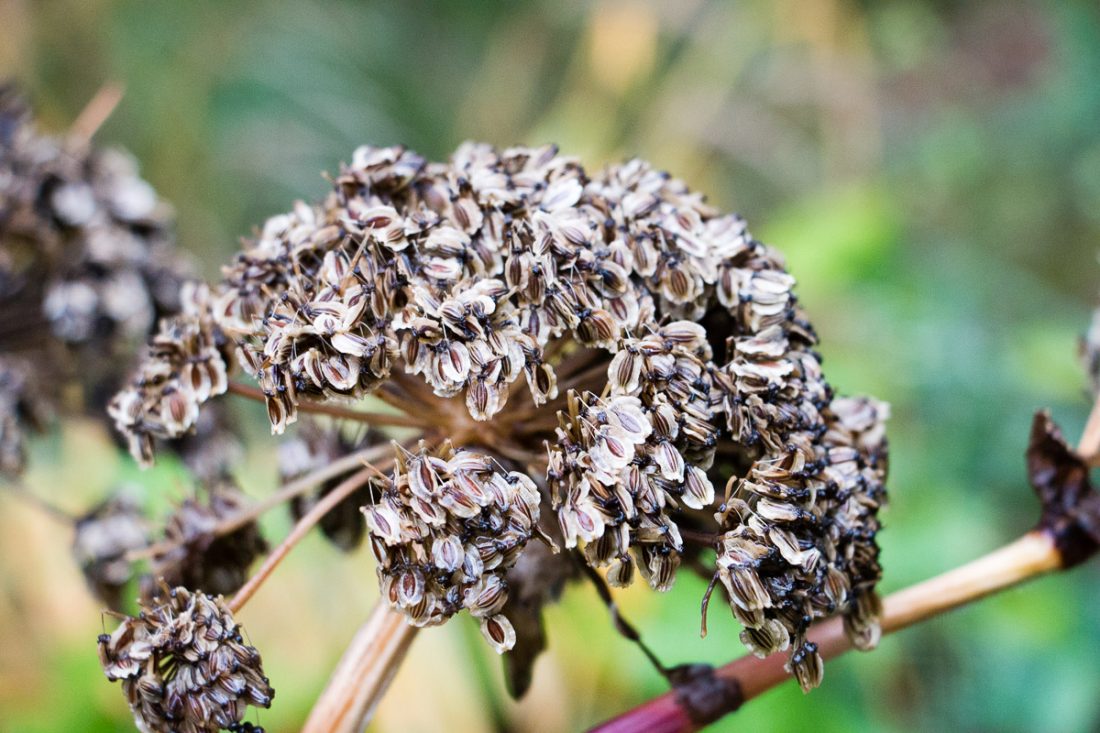
More posts about garden goals and garden record keeping:
All images: rochelle greayer
+comments+